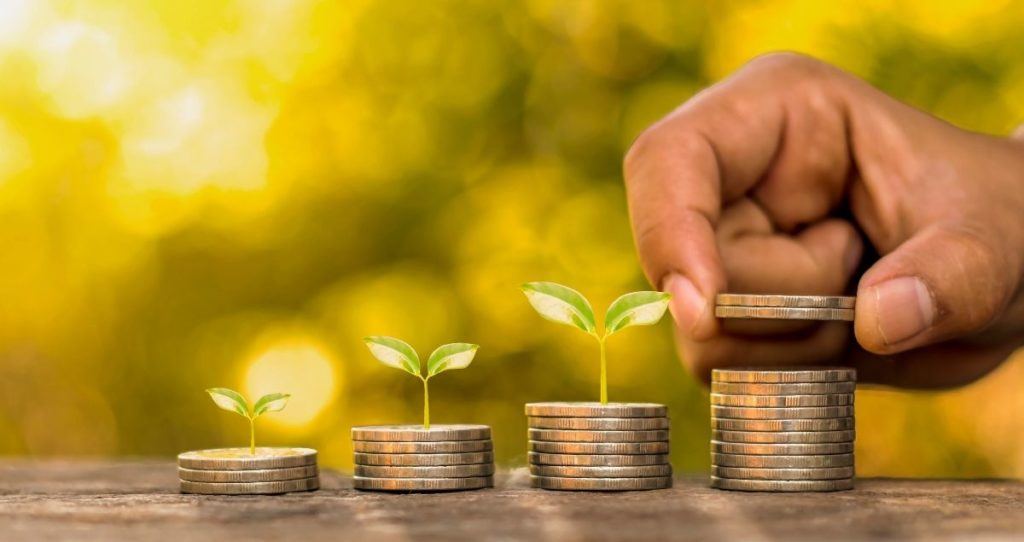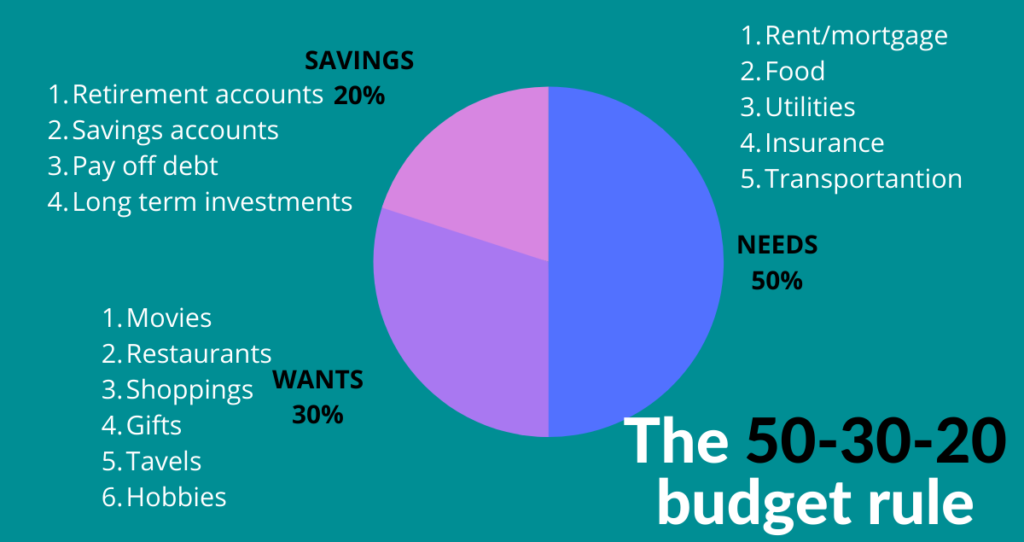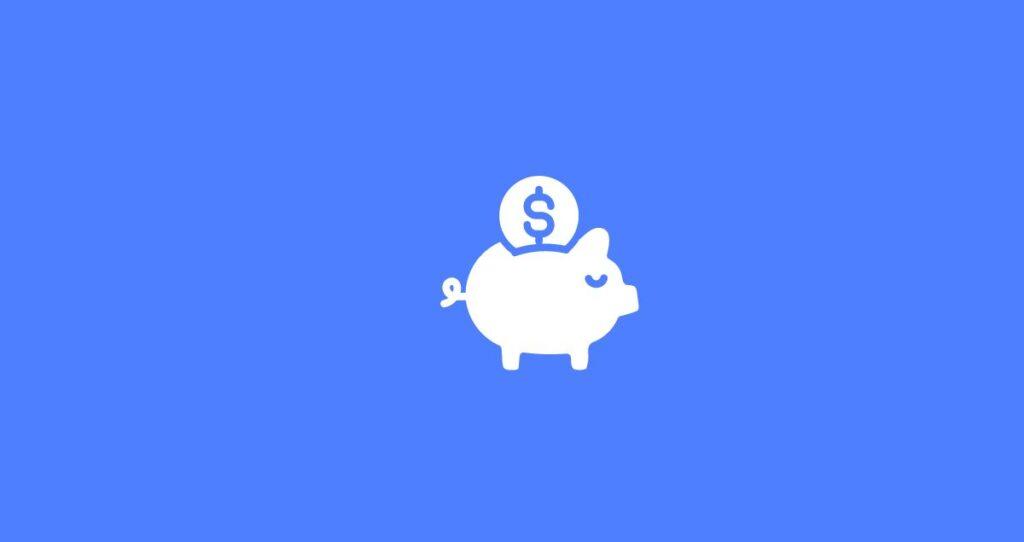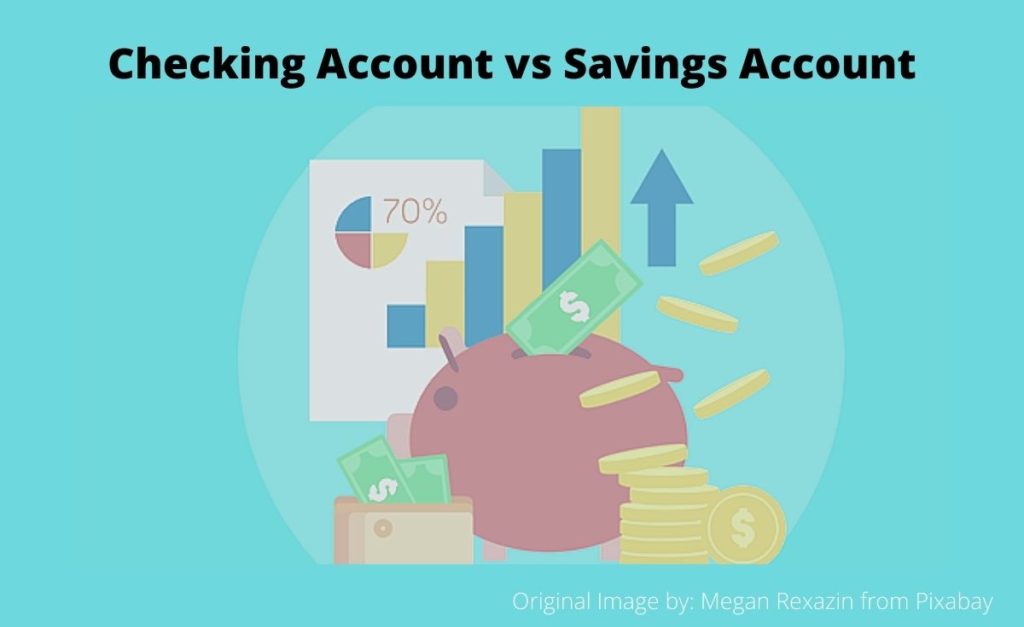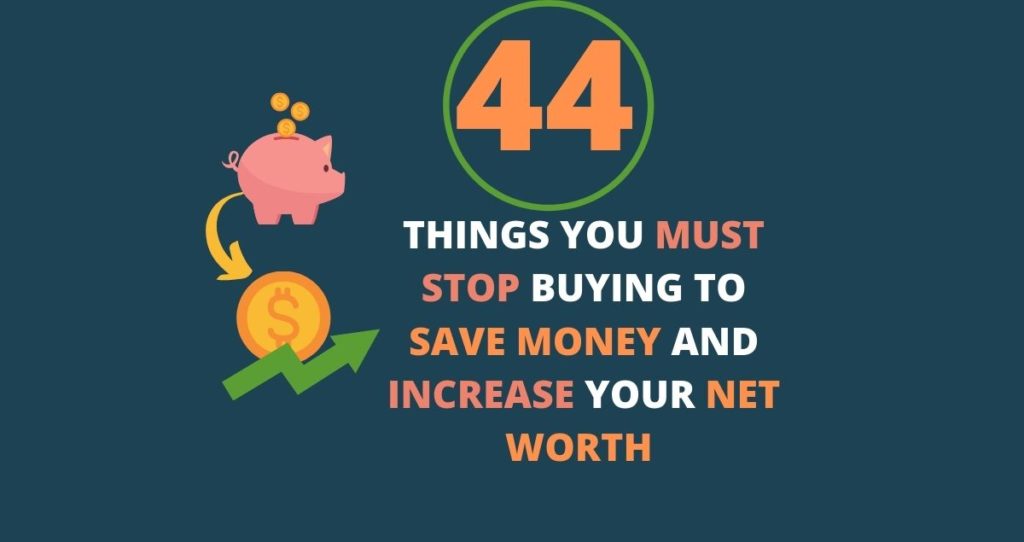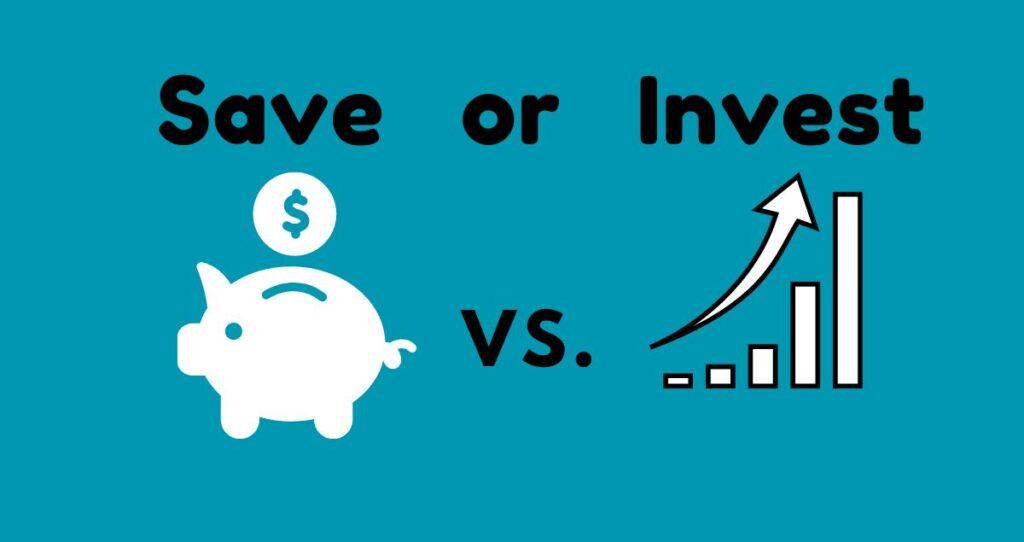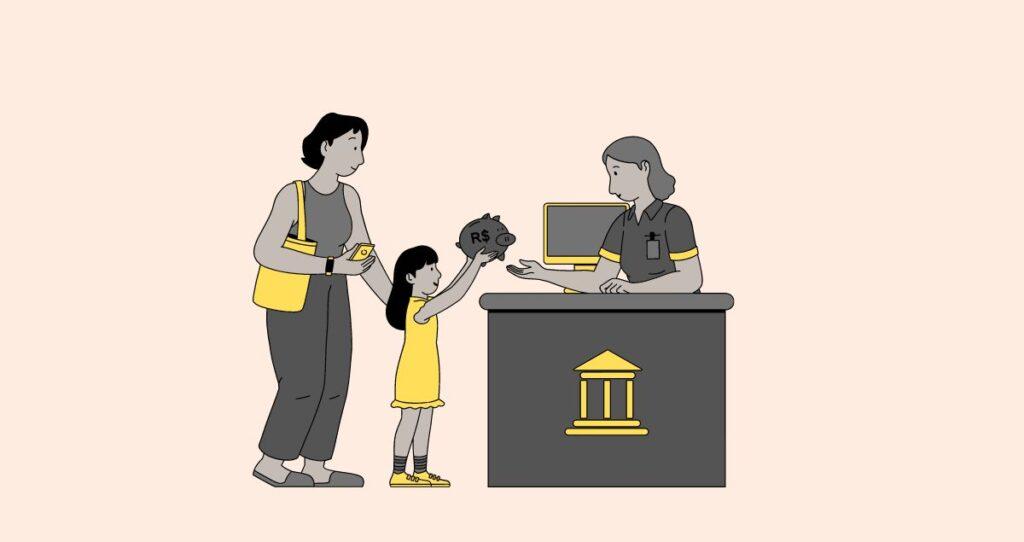Certificates of deposits and high-yield savings accounts will earn you the most money on your savings. Money market accounts also offer higher rates than traditional savings accounts but they require a higher minimum balance. To make the most money out of your savings, look at other factors beyond interest rates such as access to your funds, your saving goals, and fees.
Here is everything you need to know about savings accounts that will earn you the most money, how to compare interest rates, and strategies to manage your savings, maximize your earnings, and meet your savings goals.
Which savings account will earn you the most money?
The money you earn from savings accounts varies by the type of account and institution due to varying interest rates. Some institutions offer higher rates than others, which in turn affect how much money you ultimately earn from your savings.
Typically, certificates of deposit(CDs) and high-yield savings accounts will earn you the most money. High-yield savings accounts are offered by online banks and credit unions and they come with much higher interest rates compared to traditional savings accounts. Certificates of deposits, on the other hand, offer the highest interest rates compared to other savings accounts but your money gets locked in the account for a fixed term.
Which bank account pays the highest interest rate?
Before we estimate how much you can make from a savings account or which account will earn you the most money, let’s evaluate the average rates for common deposit accounts. According to the Federal Deposit Insurance Corporation(FDIC), the following are national average interest rates for deposit accounts.
| Type of Account | Average APY |
| Checking account | 0% |
| Traditional savings account | 0.45% |
| Money market account(MMA) | 0.65% |
| Certificate of deposit(CD) | 1.76% for a 12-month CD. Some special CDs earn more than 5% |
| High-yield savings account | Vary but can earn as much as 5% or more |
Which savings account will earn you the most money?
Based on the national average rates above, CDs pay the highest interest rates which can be as high as 5% APY followed by high-yield savings accounts with varying rates. Money market accounts come in third place with average rates of 0.65% APY. In terms of earnings, traditional savings accounts pay the least interest, and therefore, earn you the least amount. Checking accounts normally do not pay interest rates which is why by default, they are classified as 0 interest accounts.
Which savings account will earn you more money if you deposit $10,000?
Let’s calculate the average return you should expect if you invested $10,000 in different savings accounts.
A checking account earns 0% APY. So, depositing $10,000 in a checking account will earn you $0.
Traditional savings accounts currently earn 0.45% APY on average which translates to $45 ($10,000×0.45/100) in earnings at the end of the year.
Investing $10,000 in a 12-month CD at 1.76% will earn you $176 at the end of the year
If you invest $10,000 in a money market account at the national average rate of 0.65% APY, you will earn $65 at the end of the year.
High-yield savings accounts usually pay rates that are higher than traditional savings accounts and money market accounts but lower than CDs. So, we can assume 1.5% APY. At this rate, you can earn $150 at the end of the year if you invest $10,000 in a high-yield savings account. Keep in mind that these calculations do not include special CDs and promotional high-yield savings accounts that can earn as much as 5% APY.
From this example, you can see that the savings account that will earn you the most money is a CD account followed by a high-yield savings account, and then a money market account consecutively.
Always compare interest rates to maximize your returns
To pick the right savings account that will earn you the most money, always compare interest rates from multiple institutions. For long-term benefits, do not fall for introductory and promotional rates offered on some deposit accounts.
Here are a few factors to consider when comparing savings account interest rates.
Interest rate vs. APY
Deposit accounts come with different rates based on financial institutions. The interest rate is what you qualify for while the annual percentage rate(APY) is the total earnings which includes the compounding effect. The APY is usually higher than the interest rate.
Fixed, tiered, variable, or promotional rates
Some accounts may offer a high introductory rate that eventually decreases over time while others may have a tiered system where the rate increases as your balance grows. Some interest rates might be fixed for the term of the account. For example, money market accounts come with tiered interest rates while CDs come with fixed rates for the term on your CD account. Savings accounts usually come with variable rates.
Compounding effect
Consider whether the interest is compounded and how frequently the compounding schedules come into effect. Compounding interest means that your earnings are reinvested back into the account, allowing your savings to grow faster over time. The more frequently interest is compounded, the greater your potential earnings will be.
Different types of savings accounts
When it comes to selecting the savings account that will earn you the most money, it is critical to know that there isn’t a one-size-fits-all solution. Different types of savings accounts cater to varying needs and goals. The savings account you open should align with your specific financial goals. If you prefer easy access to your funds, you will need to open a savings account, MMA, or a checking account. On the other hand, if you prefer higher returns over access to your funds, a certificate of deposit or a high-yield savings account will be your best choice.
Here is a list of common deposit accounts and how much return you should expect from them.
Traditional savings account
These accounts are offered by banks and credit unions. Savings accounts have low minimum deposit requirements and provide a safe place to store your money while earning interest. Traditional savings accounts typically offer modest interest rates, making them a suitable choice for individuals who prioritize stability over higher returns.
High-yield savings account
As the name suggests, these accounts offer a higher interest rate compared to traditional savings accounts. High-yield savings accounts are offered by online banks with no overhead expenses associated with their counterpart brick-and-mortar traditional banks. If you’re looking to maximize your returns without taking on significant risk, a high-yield savings account could be a suitable choice.
Certificates of Deposit (CDs)
CDs are deposit accounts that will earn you the most money. With a CD, you agree to deposit your money for a fixed term, ranging from a few months to several years. In return, you are typically offered a higher interest rate compared to regular savings accounts. The downside of CDs is that you pay a penalty when you access your funds before the term expires. CDs are best suited for individuals with long-term savings goals.
Money market accounts
These accounts combine features of both savings and checking accounts, often offering higher interest rates compared to regular savings accounts. Money market accounts typically have higher minimum deposit requirements and may also require a higher minimum balance to avoid fees. However, they often come with added benefits such as check-writing capabilities and ATM access.
Checking accounts
These accounts are designed for everyday transactions and have no minimum requirements, but they come with no interest. Checking accounts also come with debit card, ATM access, and unlimited transactions on the account. A checking account is best for your everyday spending activities such as shopping, paying bills, money transfers, etc.
You might also like: Is a traditional savings account FDIC insured?
Factors to consider when choosing a savings account
Picking the right savings account that aligns with your savings goals and preferences can sometimes be confusing due to the many options available. To make the process easy and find the right savings account, shop around and compare deals from multiple institutions. Factors you should be looking for include but are not limited to interest rates, compounding frequency, fees, and any additional features that may be important to you such as access to cash and ATM.
Here is a list of factors to consider when opening a savings account.
Interest rates
To earn the most money out of your savings account, the account must pay a higher interest rate. Be sure to compare rates across different banks and financial institutions to ensure you’re getting the highest return on your investment. You should also check if interest is tiered or variable.
Compounding frequency
Compounding refers to how often the interest is added to your account and then becomes part of the principal, earning even more interest. Generally, the more frequently interest is compounded, the faster your savings will grow. Look for accounts that compound interest on a daily or monthly basis for maximum returns.
Fees
You need to understand the fee structure of any savings account you’re considering. Some accounts may charge monthly maintenance fees or require a minimum balance to avoid fees.
Your saving goals
The reason you are saving money also plays a role when choosing a savings account. For example, if you value the convenience of check-writing or ATM access, you may want to explore money market accounts or traditional savings accounts. On the other hand, if you prefer higher returns, and don’t need access to your funds, a CD will be the best bank account to earn you higher returns.
Access to cash and ATM
How frequently will you need access to your cash or withdraw money from an ATM? Does the account come with these features? These are questions you should answer before opening a savings account.
Tips to improve your savings
To effectively grow your savings account, you need to have a definitive plan and develop saving habits that allow you to accumulate wealth. Here are some valuable tips to help you manage and boost your savings account.
Set clear financial goals
Define your short-term and long-term objectives for saving. Whether you’re saving for a down payment on a house, an emergency fund, or retirement, having specific goals will keep you motivated and focused.
Create a budget and stick to it
Develop a budget that aligns with your savings goals. Track your income and expenses to understand where your money is going and identify areas where you can cut back. By sticking to a budget, you’ll have more money available to contribute to your savings account.
Automate your savings
Take advantage of automation tools provided by your bank to make saving effortless. Set up automatic transfers from your checking account to your savings account on each payday. This way, you won’t have to rely on manual transfers and can consistently grow your savings without even thinking about it.
Minimize unnecessary expenses
Look for ways to trim unnecessary expenses from your budget. Evaluate your recurring subscriptions and memberships, and consider whether you’re getting enough value from them. Cutting back on discretionary expenses can free up more money to channel into your savings. Here is a guide to cut back on expenses and improve your savings.
Explore additional income streams
Consider finding ways to generate extra income to boost your savings. This could involve taking on a side gig, freelancing, or monetizing a hobby or skill you have. By diversifying your income, you’ll have more funds available to contribute to your savings account and expedite your financial goals.
Have an emergency fund
It’s crucial to have an emergency fund in case unexpected expenses arise. Aim to save at least three to six months’ worth of living expenses in a separate savings account that is easily accessible. This fund will act as a safety net, providing financial stability during challenging times.
Regularly review and reassess
Periodically review your savings account and assess whether it continues to meet your needs. As your financial situation changes or as better savings options become available, you may need to switch to a different account to maximize your returns.
Which type of bank account offers the least interest?
While each bank may have varying rates, certain types of accounts generally offer lower interest rates compared to others.
Checking accounts offer the lowest interest rates (usually 0% APY) compared to any other deposit account. While checking accounts are convenient for everyday transactions, they are not intended to be used as a long-term savings vehicle. As a result, checking accounts do not pay interest rates. In the event your bank pays interest on checking accounts, your rate will be lower than the interest earned on traditional savings accounts.
Another type of bank account that typically offers the least interest is a basic savings account. These accounts often have lower interest rates because they are designed to provide a safe place to store your money rather than generate significant returns. Basic savings accounts are commonly offered by traditional brick-and-mortar banks and are often accompanied by minimum balance requirements and monthly fees.
Which type of account pays more interest than savings?
Certificates of deposit(CDs) earn you the money on savings compared to other deposit accounts. Besides paying the highest interest on your savings, the interest is also fixed which makes it easy to know your overall return on investments ahead of time. If you have a specific financial goal in mind and you won’t need the funds for a while, CDs can be a suitable option.
Another savings account with higher rates that are close to CD rates is a high-yield savings account. High-yield savings accounts are offered by online banks and you can earn as much as 10 times what traditional savings accounts earn you.
What type of account is better than a savings account?
From a savings account standpoint, a high-yield savings account is better than a traditional savings account as it pays a higher interest rate and comes with similar access to your funds. These accounts often have low to no minimum balance requirements and allow easy transfers and withdrawals, making them a viable option for maximizing your returns without compromising on accessibility.
Another alternative to a savings account is the money market account. Money market accounts are a type of savings account that typically offers higher interest rates in exchange for higher minimum balance requirements. These accounts often come with additional features such as check-writing abilities, debit card access, and even limited ATM withdrawals, giving you more flexibility in managing your funds. If you have a higher balance that you don’t anticipate needing to access frequently, a money market account can be a valuable option to explore.
Certificates of deposit (CDs) are yet another option to consider when seeking higher interest rates on your savings. While CDs typically require you to lock your money away for a specified period, they tend to offer higher interest rates compared to regular savings accounts. CDs come with predetermined terms, ranging from a few months to several years, and offer fixed interest rates for the term. If you have funds that you are willing to invest for a specific period without needing immediate access to them, a CD can be an effective way to earn higher returns.
What is the least amount of money to open a bank account?
When it comes to opening a bank account, the minimum amount required can vary widely between different financial institutions and the type of account you want to open. Some banks require a substantial initial deposit, while others have more lenient requirements.
Here are the minimum deposits you should expect to open a checking or savings account, according to the Consumer Financial Protection Bureau(CFPB).
Checking account. You need between $25 and $100 to open a checking account
Savings account. Most banks require anywhere between $25 and $100
Certificate of deposit. Most CD accounts require $500 to $10,000 to open an account. Jumble CDs, however, require around $100,000 to open an account.
Money market account. Money market accounts often require a much higher initial deposit. Some banks require around $5,000 to open a money market account while others can ask as much as $10,000 or more.
High-yield savings account. You will need $100 to open a high-yield savings account. However, some banks require no deposits while others require anywhere between $25 to $100 in deposits.
Can I have zero dollars in my savings account?
Having $0 in your savings account is possible but, you might pay a fee due to violating the minimum balance requirements. Many banks charge a monthly maintenance fee on savings and checking accounts when your balance falls below the minimum requirements.
But, if you keep your account above the minimum balance, these fees will be waived. For example, if your bank requires at least $25 in your savings account and your account goes to zero, you might be charged a monthly maintenance fee. The fee will vary depending on your institution.
Which bank account is best?
When it comes to choosing the best bank account for your savings, the interest rate and accessibility of your funds are important factors to consider.
Open a CD account If you have cash you don’t need access to and want to earn a higher interest rate than traditional savings account rates.
If you want a higher interest rate but think you might need access to your funds, open a high-yield savings account. These accounts come with limited access to your funds but earn you a higher interest rate than traditional savings accounts.
You can also deposit your funds in a money market account for competitive rates but with more access to your funds. MMAs are a hybrid between checking and savings accounts but offer a bit higher rates than traditional savings accounts.
On the other hand, if you want to save for emergencies or a short-term goal, open a traditional savings account.
Finally, if you want a bank account to fulfill your daily transactions and pay your bills with access to an ATM, open a checking account.
